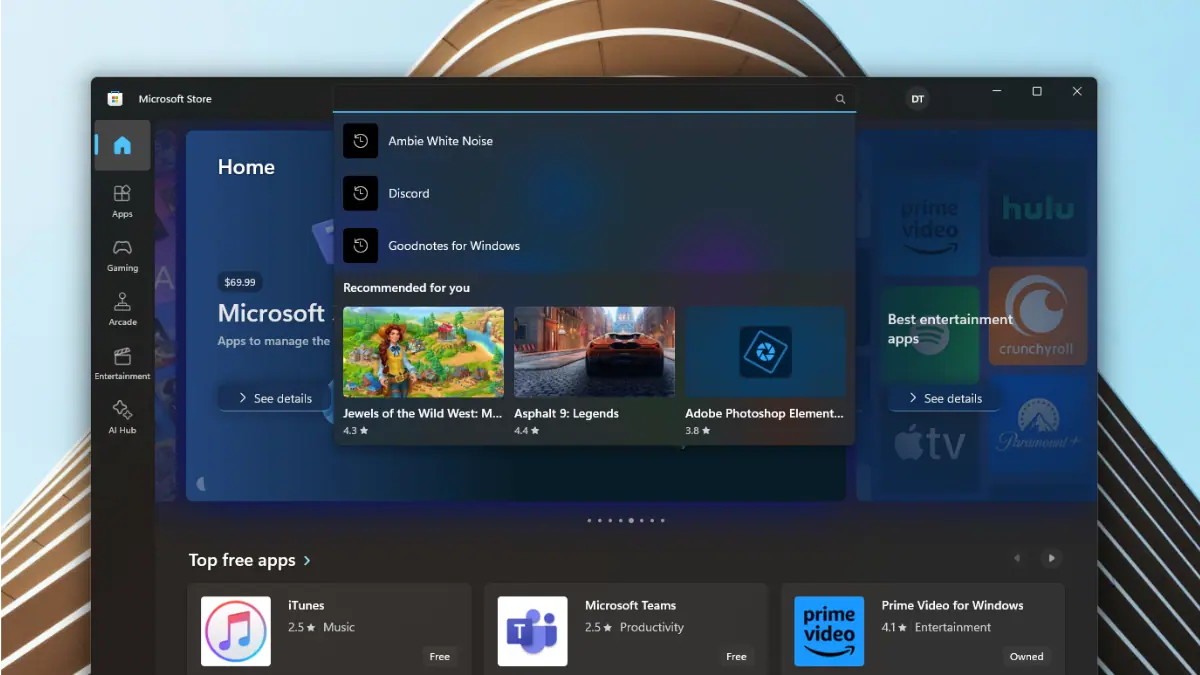Microsoft announces addition of variable rate shading to DirectX 12
2 min. read
Published on
Read our disclosure page to find out how can you help MSPoweruser sustain the editorial team Read more

Microsoft is excited to announce that DirectX 12 is officially the first graphics API to offer broad hardware support for variable rate shading.
Let’s break this down simply: variable rate shading is a ‘powerful’ new API that allows developers to use GPUs in a more efficient and intelligent way.
The shading rate calculates what colour each pixel in a screen should be. A higher shading rate means things on-screen look way better but at the cost of stressing your GPU more. On the other hand, a lower shading rate means things look worse, but your GPU will be having a better time.
When a game developer sets the shading rate, it’s automatically applied to all the pixels. The problem with that is that different pixels require different shading rates. This is where variable rate shading comes in.
Variable rate shading will let game developers choose areas of the screen with a selectively reduced shading rate, allowing for better performance in-game. They can also do the opposite: upgrade visuals in certain areas for a slightly reduced performance.
Several studio and engine developers, including Unity, Activision, Ubisoft, Epic Games, 343 Industries, Massive Entertainment, Playground Games, Stardock, IO Interactive, and Turn 10, all plan on adding variable rate shading to their engines and/or games.
For more information and for a more technical and in-depth rundown of how variable rate shading works in DirectX 12, you can check out Microsoft’s official blog post here.
Source: Official Microsoft blog.








